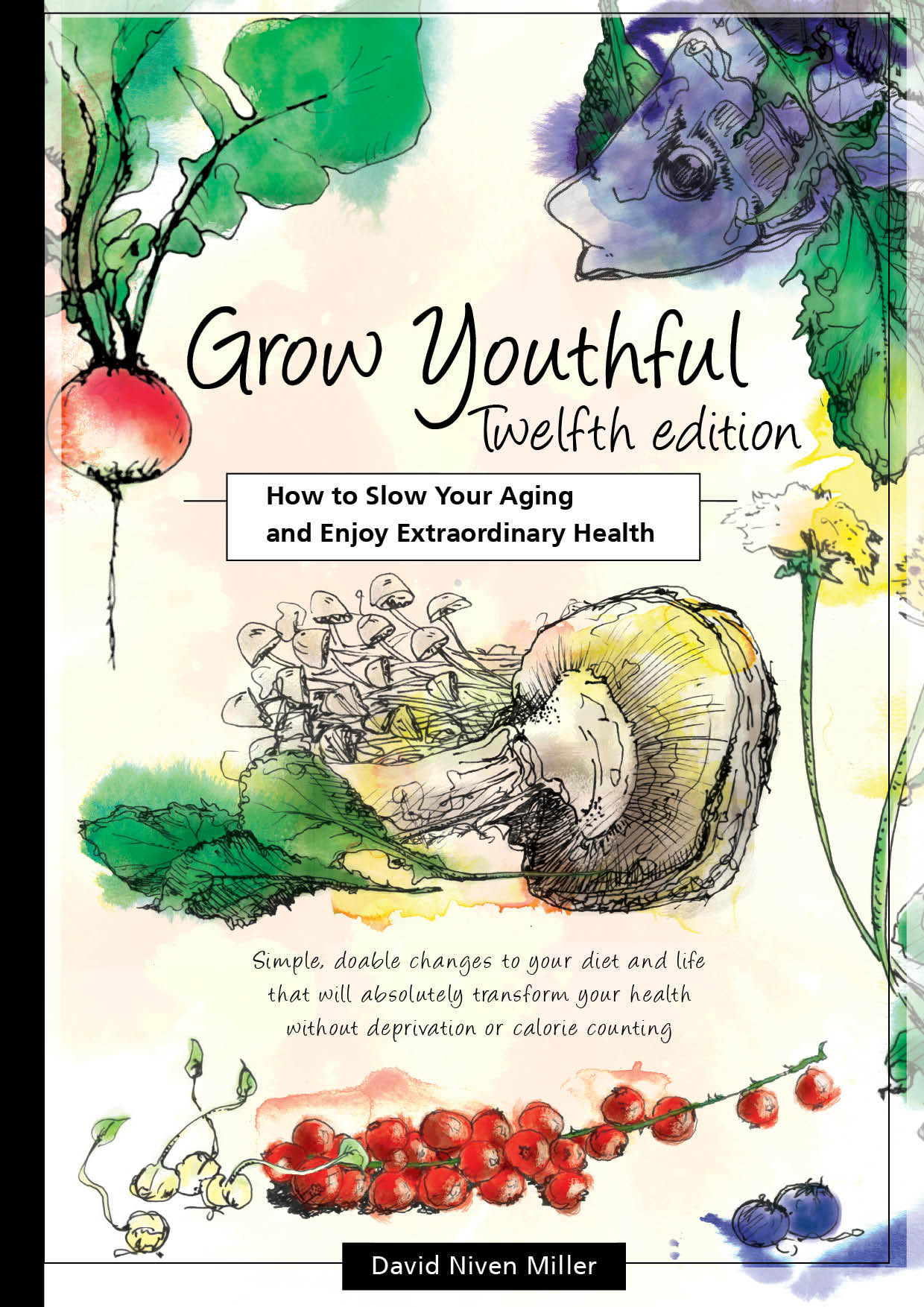
Fenugreek
What is fenugreek?
Fenugreek properties and uses
What is fenugreek?
Fenugreek (trigonella foenum-graecum) is a bush in the Fabaceae family. It is an erect, strongly scented, robust annual, about 30 to 80 cm high. It has compound leaves of light green colour, 2 to 2.5 cm long, yellow flowers and thin pointed pods. The seeds are brown-yellow and have a peculiar garlic-curry odour. It is a native of Eastern Europe and Ethiopia, and has been used since ancient times both as a food and medicine by the people living on the shores of the Mediterranean and across Asia.
Fenugreek seeds are widely available as a spice at grocers, Asian stores, and herbal stores. Try to buy seeds rather than the powder, as the seeds keep their potency longer. You can grind the seeds using a coffee grinder, or crush them in a mortar and pestle.
Some Asian stores and specialist grocers sell fresh or dried fenugreek leaves. If you cannot find the leaves, simply use seeds instead. In India the dried leaves are called kasoori methi, and are crushed and sprinkled over some dishes just before serving.
Make a tea with a teaspoon of seeds in a glass of boiling water. Leave it to steep for 5-10 minutes.
Fenugreek is a rich source of a variety of glyconutrients, and an effective mucus solvent. Regular use of fenugreek helps keep the body clean and healthy. Its only disadvantages are a mild laxative effect and a smell on the skin. I find when I use it that the smell comes through under my arms, and is in my urine.
Fenugreek properties and uses
- Cleanser and detoxifier. Fenugreek is highly mucus-solvent. It is an effective remedy for disorders caused by mucus in the nose, sinus, throat, lungs and digestive tract.
- Anti-inflammatory. Soothes the skin and mucous membranes, and relieving irritation, swelling and pain.
- Aphrodisiac effect for both men and women.
- Bleeding - can be used to control bleeding (see also cayenne pepper for stopping bleeding).
- Urine - promotes the flow of urine.
- Lactation. Promotes the flow of milk in nursing mothers.
- Digestive Disorders. The leaves are used to treat indigestion, flatulence and sluggish liver. Boiled and fried in butter, they help with biliousness. The seeds are used in the treatment of colic, flatulence, dysentery, diarrhoea and dyspepsia. Fenugreek seeds have a mild laxative effect.
- Anaemia. The leaves help in blood formation. The cooked leaves help prevent anaemia in girls, often at the onset of puberty. The seeds are rich in iron.
- Taste and smell. The seeds help restore the senses of taste and smell, particularly after an accumulation of mucus.
- Fevers. Tea made from fenugreek seeds is effective in reducing fevers.
- Respiratory Infections. During the early stages of any of the respiratory tract infections, such as bronchitis, influenza, sinusitis, catarrh and suspected pneumonia, fenugreek tea helps the body to perspire, dispel toxicity and shorten the gestation period of the fever. Take 4 cups of fenugreek tea per day at the start, reducing to 2 cups as the condition improves. During the treatment no other food or nourishment should be taken.
- Beauty Aid. To help hair grow, regularly use a paste made from fresh leaves. A paste made from seeds or leaves applied to the clean face every night before bed prevents pimples, blackheads, dry skin and the early appearance of wrinkles. It improves complexion and makes one look years younger.
- Bad breath and body odour. It removes accumulation of hardened mucus and other toxins in the nasal and oral passages, the gastrointestinal tract, the urinary tract, the blood and the vagina.
- Diabetes. The tea helps with the control of diabetes.
- Dandruff. Soak 2 tablespoonfuls of the seeds overnight in a cup of water. In the morning, grind the softened seeds into a paste and apply to the scalp. Leave for half an hour before rinsing off.
- Mouth Ulcers. An infusion of the leaves is used as a gargle.
- Sore throat. Make a gargle with 2 tablespoons of fenugreek seeds in a litre of water, simmered for half an hour.
- Leucorrhoea. Use a solution prepared in the same manner as for throat gargle as a douche.
